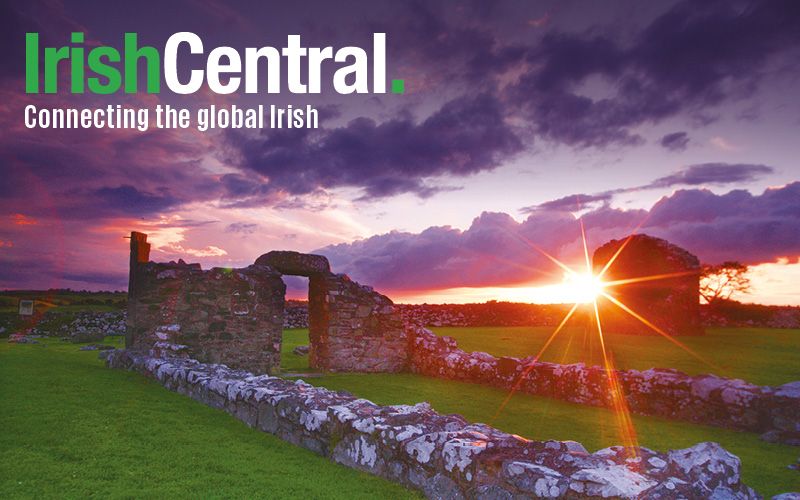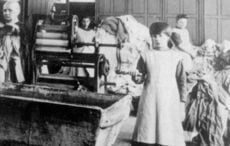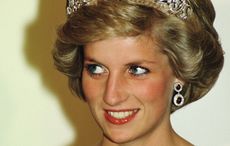A retiree discovered Roman treasure using a metal detector at a beach in Co Down.
Brian Murray, a 65-year-old retired civil servant from Newtownards, Co Down, found two Roman rings and a silver belt buckle at Murlough in Dundrum Bay.
The items, which date to around the 4th or 5th century AD, were officially declared as treasurer by a coroner in Belfast, the Irish Independent reports.
To be classified as treasure, an object must be at least 300 years old and have a metallic content of at least 10 percent.
Murray said he found the items within an area of one square meter.
"I was actually collecting militaria on the shores of Murlough - it was an American training area during the second World War," he said.
"I found the small ring first and within five minutes retrieved the other big ring and the buckle."
"I'm a keen fan of Time Team, so I knew I had something sensational, especially in the big ring."
"It's like fishing for mackerel and catching a salmon.
"It's not about the money, it's about the thrill of finding that - it was the last thing I expected to find when I went down to the bay."
Dr. Greer Ramsey, from the National Museums of Northern Ireland, said it was possible the items all belonged to the same person.
"Roman material is incredibly rare, so this makes this hoard of special significance," he said, according to the BBC.
"Most of the other finds of Roman material do occur along the east coast, so you image they were trade contacts or perhaps even settlers or people who were shipwrecked and washed ashore.
"It is possible that it belonged to a burial and someone was buried at sea. It is equally possible that somebody was wearing it when their ship went down."
"Before those rings turned up there was little of that exceptional quality (found in that part of Ireland) so it is putting the north east of Ireland on the Roman map," he added.
National Museums Northern Ireland typically pays half the value of found treasure to the land owner and the other half to the finder, but Murray’s find was not entirely straightforward.
The area of Murlough beach above the mean high tide mark is owned by the National Trust while the remainder is the property of the Crown estate.
Murray had a permit to metal detect on the Crown estate sands but not on National Trust property.
Murray contends the find was made on the Crown lands but National Trust archaeologist Malachy Conway told coroner Suzanne Anderson that the location sat on the Trust's part of the beach.
The discovered items will be sent to the British Museum in London to assess the value of the items and to determine the issue around the find location.




Comments